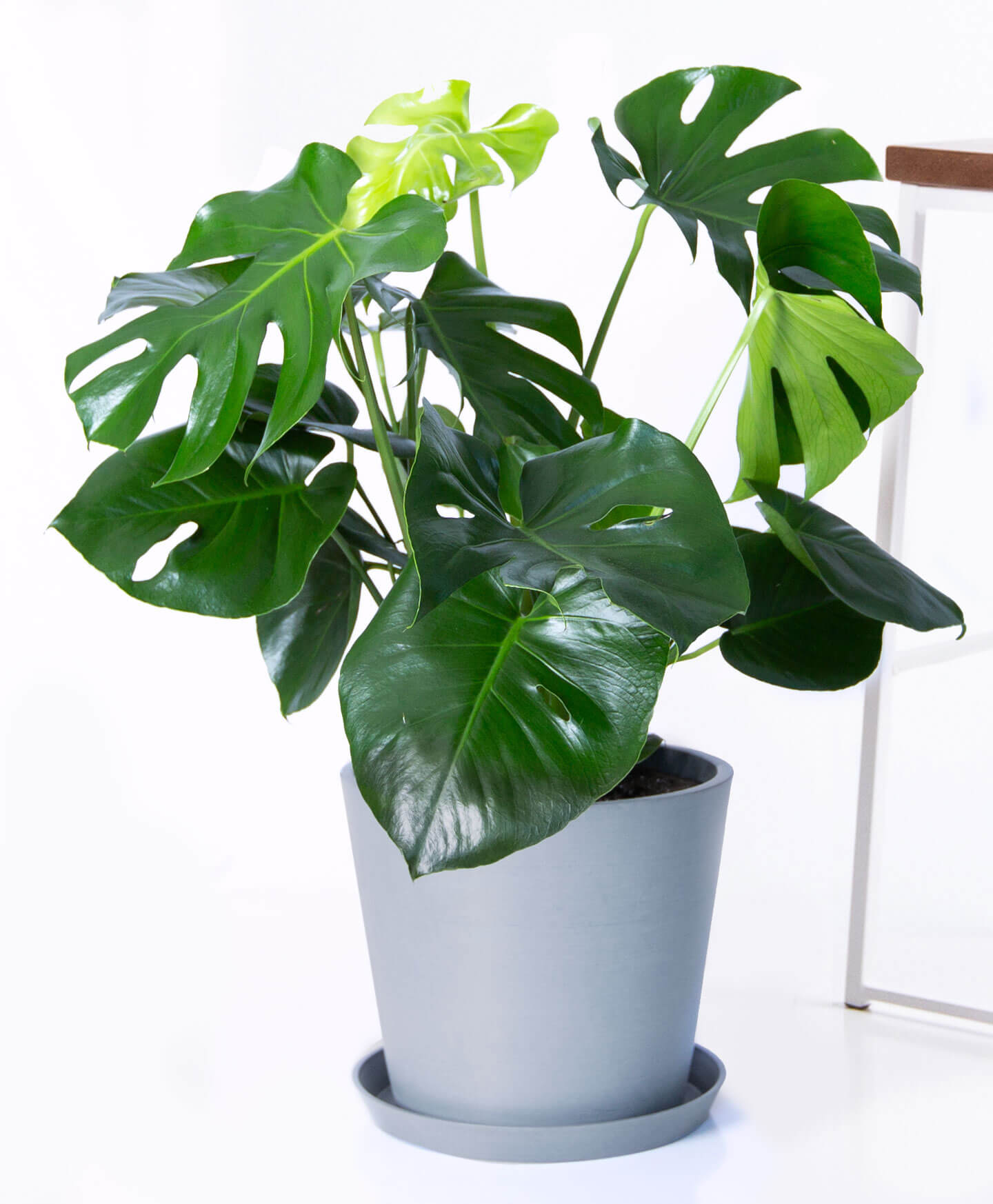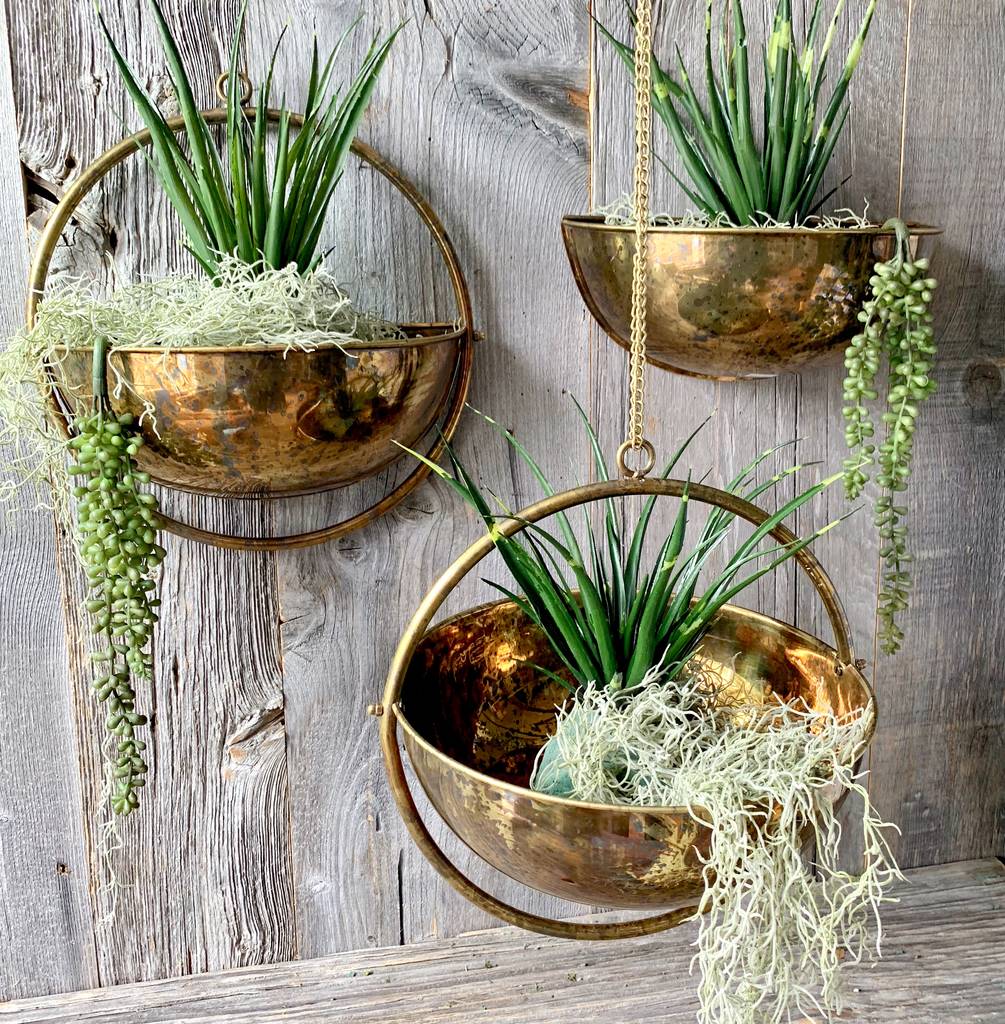How to Build a Vertical Garden at Home
Are you dreaming of a lush oasis but feel constrained by your small space? Imagine transforming a blank wall into a thriving ecosystem, a living tapestry that not only beautifies your home but also purifies the air. Welcome to the world of vertical gardening, where the sky's the limit—literally! Let's dive into the exciting journey of how to build a vertical garden at home.
Why Choose a Vertical Garden?
Vertical gardens are more than just a trend; they are a practical and eco-friendly solution for urban dwellers. These hanging gardens maximize space, add a touch of nature to your indoor environment, and can even improve air quality. Whether you're an apartment dweller or a homeowner with limited yard space, a vertical garden can transform your living area into a green sanctuary.
Getting Started: Essential Tools and Materials
Before you dive into the world of vertical gardening, gather the necessary tools and materials. You'll need:
- Wall planters or pocket planters
- Potting soil
- A variety of indoor plants
- A watering can or spray bottle
- Mounting hardware (screws, hooks, etc.)
- A drill (if needed for installation)
Choosing the Right Plants
Selecting the right plants is crucial for the success of your vertical garden. Opt for indoor plants that thrive in low light and require minimal maintenance. Some popular choices include:
- Pothos
- Philodendron
- Spider plants
- Ferns
- Succulents
These plants not only look beautiful but also help purify the air, creating a healthier indoor environment.
Designing Your Vertical Garden
Step 1: Select Your Location
The first step in how to build a vertical garden at home is choosing the perfect spot. Consider factors like sunlight exposure, humidity, and accessibility. A well-lit wall or a corner near a window is ideal.
Step 2: Plan Your Layout
Think of your vertical garden as a piece of art. Sketch out your design, considering the size and shape of your wall planters and the types of plants you'll use. Aim for a balanced and visually appealing arrangement.
Step 3: Install Your Wall Planters
Once you have your design, it's time to install your wall planters. Follow the manufacturer's instructions for mounting. Ensure the planters are securely attached to the wall to prevent any accidents.
Planting and Caring for Your Vertical Garden
Step 1: Prepare Your Plants
Before planting, make sure your plants are healthy and free of pests. Gently remove them from their pots and loosen the roots slightly to encourage growth.
Step 2: Planting
Fill your wall planters with potting soil, leaving enough space for the plants. Place each plant in its designated spot, ensuring the roots are well-covered with soil. Water them lightly to settle the soil.
Step 3: Maintenance
Caring for your vertical garden is relatively straightforward. Water your plants regularly, ensuring the soil remains moist but not waterlogged. Use a spray bottle to mist the leaves, providing the necessary humidity.
Tips for Success
- Lighting: Ensure your plants receive adequate light. If natural light is limited, consider using grow lights.
- Drainage: Proper drainage is crucial. Use planters with drainage holes to prevent root rot.
- Fertilization: Feed your plants with a balanced liquid fertilizer every few weeks to promote growth.
Inspiring Garden Design Ideas
Need some inspiration? Check out these creative vertical garden designs:
- Living Wall: Create a lush, green wall using a modular system that allows for easy planting and maintenance.
- Hanging Planters: Use macrame hangers or DIY rope planters to create a boho-chic look.
- Pocket Planters: These fabric pockets are easy to install and perfect for small spaces.
For more design ideas, visit Pinterest's Vertical Garden Board and Gardenista's Vertical Garden Guide.
Conclusion
Building a vertical garden at home is not just a project; it's a journey. It's about transforming a blank canvas into a living masterpiece that brings nature indoors. With the right tools, plants, and a bit of creativity, you can create a lush oasis that purifies the air and adds a touch of serenity to your space. So, why wait? Start your vertical gardening adventure today!
FAQs
What are the best plants for a vertical garden?
- Some of the best plants for a vertical garden include pothos, philodendron, spider plants, ferns, and succulents. These plants thrive in low light and require minimal maintenance.
How often should I water my vertical garden?
- Water your vertical garden regularly, ensuring the soil remains moist but not waterlogged. The frequency depends on the type of plants and the humidity levels in your home.
Can I use artificial light for my vertical garden?
- Yes, you can use grow lights to supplement natural light, especially if your vertical garden is in a low-light area.
How do I prevent pests in my vertical garden?
- Regularly inspect your plants for signs of pests. Use organic pest control methods like neem oil or insecticidal soap to keep pests at bay.
What if I don't have a green thumb?
- Vertical gardens are surprisingly low-maintenance. Choose hardy plants that require minimal care, and follow basic watering and lighting guidelines. With a little effort, anyone can enjoy a thriving vertical garden.


0 Response to "How to Build a Vertical Garden at Home"
Post a Comment